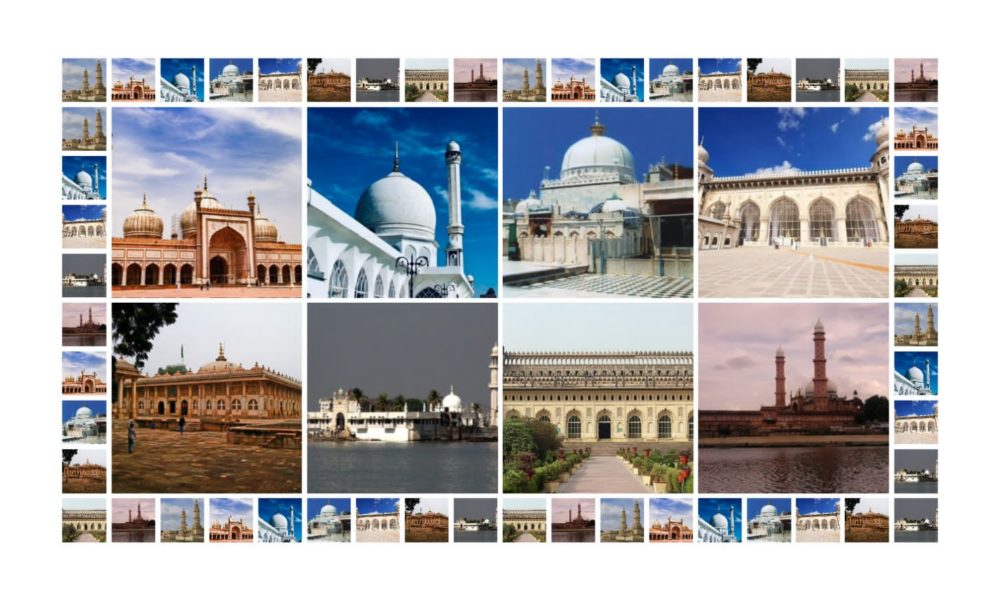
India is a country where millions of tourists seek spiritual fulfillment during their travels, making it an important part of the Indian tourism industry. Spiritual travel also enhances cultural and personal awareness. In this study, we look at the economic implications and prospects of the growth of spiritual tourism and its impact on the national and social economy as well as heritage preservation. By examining how this form of travel relates to important business issues, challenges and opportunities, we also promote a better understanding of the different religions in the Indian spiritual scene. Spiritual travel, also known as religious travel, sacred travel or religious travel, is generally divided into two types: travel and education. Pilgrimage involves travel in the name of religion or spirituality, and for learning reasons where the traveler wants to learn about different religions, teachings, and practices of places that are still feared by faith. They attend conferences or workshops with local believers in the cultural and historical sites they visit. Through spiritual tours, travelers can experience spirituality, religious beliefs, or seek inner peace and enlightenment. By 2030, more than 100 million people will be gainfully employed in temporary and permanent jobs provided by spiritual tourism in India alone, and the cost of spiritual tourism in India is expected to reach $59 billion by 2028. The future of spiritual tourism is bright. It also highlights the need for a range of measures from the government and other stakeholders’ perspective, as it is still a useful tool with high expectations but needs additional maintenance to facilitate further development. IHCL’s spiritual brands include hotels in Katra, Vaishno Devi (North India) and Taj Mahal Hotel in Tirupati under the Vivanta and Ginger brands, with plans to add second properties. These measures focus on Indian cities as well as the company’s overall commitment. Moreover, even Wyndham Hotels & Resorts, which is considered the world’s largest hotel franchise, sees future potential in places of spiritual importance such as Ayodhya, Tirupati, Pushkar and Shirdi. It currently operates seven properties in Amritsar, Dwarka, Ajmer and Varanasi. Data collected by Yatra.com also shows that religion is an important part of the business.
Hindu-Sikh Religious Tourist Places
While Hinduism is almost synonymous with the region, India is also the birthplace of many other religions, including Buddhism, Jainism, and Sikhism. The world’s most populous country is home to many Muslims and Christians, as well as other religions. Given its vast territory and cultural history, it is not surprising that India has a large number of temples, mosques and churches. The pilgrimage has always attracted people from all walks of life and some events have become the largest gatherings. Some of the places that receive thousands of devotees every day include the Vaishno Devi temple in Jammu, the Golden Temple in Amritsar, the Tirumala Balaji Temple in Andhra Pradesh and the Jama Masjid in New Delhi. Package holidays to religious places have also become the norm in the Indian travel agency market. In recent years, promoting national tourism, especially religious and adventure tourism, has been a priority for this government. This method is quite beneficial because of the integration of religious beliefs with religious sites. Some practices include going to the Venkateshwara temple in Tirumala to celebrate a child’s first birthday and having the head shaved, and around 20 million pilgrims each year visit the St. Mary’s temple at the Velankani Cathedral.

Christian Religious Tourist Places

India has many Christian religious tourist places, including pilgrimage sites, churches, and other religious sites:
Velankanni Church: Located on the Coromandel Coast, this church is a sacred Christian pilgrimage site on the Bay of Bengal.
Basilica of Bom Jesus: A UNESCO heritage site in Goa that houses the well-preserved remains of St. Francis Xavier.
St. Mary’s Church, Thiruvithamcode: Located in Tamil Nadu, this church is considered to be the world’s oldest still standing church structure.
St. Thomas Mount: The place where St. Thomas was martyred.
Divine Mercy Shrine of Holy Mary Thodupuzha: A Marian apparition site in Kerala.
St. Mary’s Forane Church of Korattymuthy Koratty: A Marian pilgrimage shrine in Kerala.
Muslim Religious Tourist Places
India has many Muslim religious tourist places, including shrines, mosques, and other sites:
Ajmer Sharif
A popular pilgrimage site in Rajasthan that houses the tomb of Moinuddin Chisti, a Sufi saint from Persia. The dargah welcomes people of all faiths and religions.
Haji Ali Dargah
A mosque in Worli, Mumbai that’s perched in the middle of the sea. It’s one of the holiest places for Muslims in India, and devotees from all over the world visit every day to pray. The dargah complex also has a large prayer hall.
Shirdi
A shrine in Maharashtra that’s important to both Hindu and Muslim spiritual master Sai Baba. Pilgrims from across the country visit all year round.
Other Muslim religious tourist places in India include:
Bada Imambara: In Lucknow
Char Minar: In Hyderabad
Dargah Qutub Sahib: In Mehrauli
Sheikh Salim Chisti: In Fatehpur Sikri



 🟢 Online | Privacy policy
🟢 Online | Privacy policy
Leave a Reply